MJ Acoustics REF 200-SR and Master-Class Ascot-SR
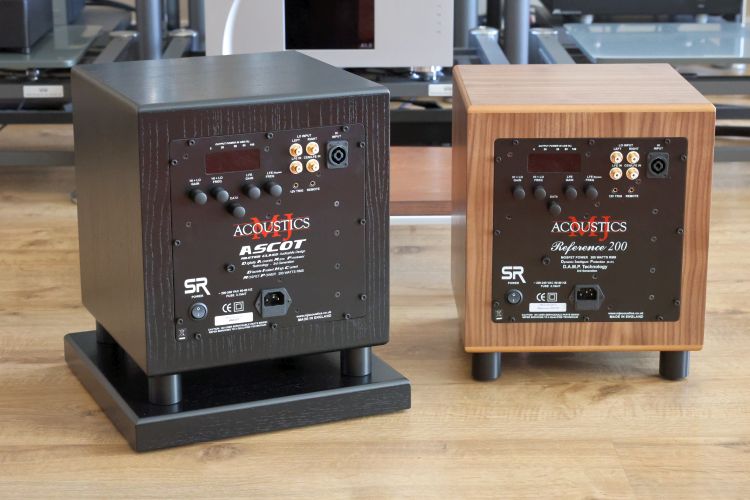
Listening continued
Not only did this final arrangement measure well, but it also sounded fantastic! There was some mild residual left-corner-induced summing at one narrow frequency band higher up which added some coloration, but otherwise, the result was stunning! I almost could not believe my ears when I heard the entire low bass range being beautifully linear and uniformly powerful, from as low as 20Hz all the way up to 120Hz. This was absolutely unprecedented in this room, with any of the speakers that I used. Heck, it’s even rare to hear such an even bass response anywhere.
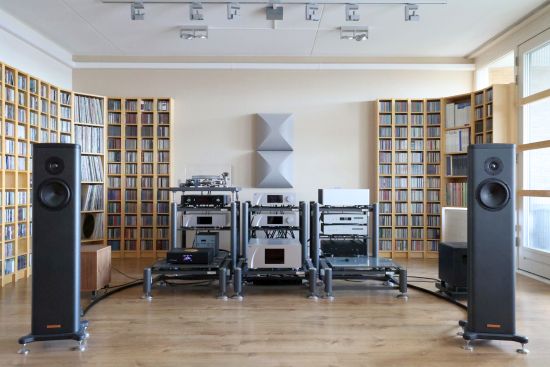
Now, it was time to re-introduce the second sub. This time, the experiments were easy as the Ascot in the left corner had already provided very nearly all the data points that I needed. I was already a fan of the MJ Smart App control but during this final adjustment, I thoroughly appreciated it, especially since it allows control over each sub, either individually or in ganged operation if so desired.
Interestingly, while the individual measurements from the left and right sub were relatively flat, confirming that my structural reinforcements to the glass wall really paid off, as it goes when one issue is fixed, the attention shifts to the next biggest problem. Thus, my focus was now set on getting rid of the aforementioned residual room-mode-induced summing in the left corner.
When playing only the left sub, I could hear the room mode being excited but when playing only the right sub, there was actually a mild suckout, believe it or not, at just about the same frequency. Clearly, my left and right walls do not behave 100% uniformly. Of course, with one being 10cm-thick solid plaster and the other glass, how could they?
Imagine my surprise when the sound evened out perfectly when playing both subs with the exact same settings! I had already mentioned being enamored with these subs in an early stage, but now, I really could not see myself without subs anymore!
Track after track, I was enjoying myself until I noticed that I had spent hours just listening to music. Being as busy as I am, nearly all my listening happens as part of reviews. A multi-hour session just listening for fun just hardly happens anymore. Yet, it did, and I had a hard time stopping myself.
At this point, it is worth noting how important MJ’s continuous phase control is. With the large majority of competing products, I would have been stuck with the option of either zero or 180 degrees phase. In that case, the ideal placement at which I arrived with its associated phase setting of 90 degrees would simply not have been possible and I would have been forced to compromise.
Reference versus Master-Class
On the surface, the REF 200 and the Ascot do not seem to be all that different: same material and same size cabinet, same size woofer, same available settings, and both are adjustable via the smart remote App. Even the specs do not deviate that much. And when listening to them one on one, judged purely sonically with identical settings and identical positioning, at first, they seemed almost equally capable.
Both subs are easily capable of reaching 20Hz, both filters work very precisely, both subs sound clean, and both go plenty loud for my music application. Oh, and both sound substantially better than either the small REL Quake IIs that I still have or the relatively large REL Strata IIIs that I used to have. Compared to the MJ subs, these older RELs sound comparatively narrow-banded and peaky, and in retrospect, especially the Strata III was really quite boomy, fat, and colored.
Between the REF 200 and the Ascot, both set to cut off at 33Hz, all that I could detect when comparing them in their final ideal positions and at a normal listening distance was a slight variation in terms of “character”. Don’t worry, there really is precious little character to speak off to start with, but between the two, I could detect that while the REF 200 sounded slightly lean in the mid-bass, it has a more emphasized midband output. Although it does not output high frequencies, it is comparatively slightly “brighter”. Comparatively, the Ascot sounds slightly darker, as if its resonances are more controlled and more authoritative.
But the devil, as always, is in the details. I’m not sure if it’s the Ascot’s higher-wattage power amplifier, the tighter-tolerance woofer, or the fixed bottom thrust plate, but after some more tests with different positions and with the cut-off frequency set a little higher and when listening to each sub, one at a time and in the same center position, the dearer sub’s superiority was quickly established.
Just so that I could focus entirely on the relative differences, I now switched off the main amplifier so that only the subs played. That proved illustrative!
Listening to each sub one by one for this second round, the REF 200 retained its leaner balance, but now I also heard that it has more of a “wooden” signature with more upper harmonics which, especially at higher crossover frequencies, make it sound less tidy and articulate than the Ascot. Meanwhile, the Ascot definitely remains a little ballsier and more authoritative, as well as cleaner and more precise in the uppermost range.
As before, when comparing them one after the other with the exact same settings, I get the urge to raise the gain on the REF 200 to compensate for a subjectively weaker output. But even when the gain is raised by 3dB and it sounds measurably louder than the Ascot, still it does not come across quite as impactfully.
A nice aspect that I noted with both subs when listened to this way is that the ingenious twin low pass filter works incredibly well, leaving what appears to be very little sound above the cut-off frequency. That might seem logical but actually takes quite some engineering to achieve. First, the filter must of course be well-executed but even if that has been done impeccably, the woofer material and the subwoofer casing themselves can still ruin the party by introducing non-linear distortions and coloration. This can happen simply from inherent resonance points or an amount of cone flexing. But there was no evidence of any of this with either of the two subs. And I don’t claim this lightly! I tested these subs playing on their own with stepped test tones from 120Hz all the way down to 10Hz. All that I heard were the tones themselves, cleanly right down to 20Hz! Yes, these relatively small subs play down to 20Hz at almost full strength. When I finally played the 10Hz test tone, I could see the woofer cones moving, but I no longer heard any output. That’s not only fair, but given the specs of most of the competition, even those with rather larger cabinets, that’s downright amazing.
Ultimately, when listening at a normal distance, with the cut-off frequency set to 33Hz, and with the main speakers also playing, the aforementioned differences were greatly reduced and in a dual-subwoofer setup, they were all but unnoticeable unless you played the subs one at a time.
So, fair is fair, clearly, the Ascot and the REF 200 are both very capable subs.
Conclusion
This review has not only highlighted the greatness of MJ Acoustics subwoofers, but it has also proven highly valuable in extending my knowledge of the ultra-low bass particulars of my room and elevating my subwoofer setup and integration experience to a higher level. I hope this exercise has been as exciting to read as it was for me to undertake and write about.
In conclusion, there are three important takeaways.
First, since the large majority of rooms will have some inherent issues that require precise adjustment on the subwoofer, the range, and quality of the crossover filter and the phase control, are immensely important. Arguably even more important than the woofer size or power rating.
Second, two subs are better than one. Quite universally, twin subs tend to widen and deepen the soundstage and can add to the sense of air around instruments. Typically, rooms are not 100% symmetrical. With that in mind, two subs on opposing ends can fill in different gaps by compensating for each corner’s different peaks and throughs while supporting each other. Also, with a pair, the gain can be lowered, meaning that the subs will play louder and more cleanly. However, depending on the room peculiarities, the two subs may also adversely affect each other. Thus, setting up dual subs may require extra care and attention. If you are willing to go the extra mile, then by all means go for the extra performance that a pair can provide. But if you want a quick one-stop solution, then a single sub will often more easily provide great results.
Finally, MJ Subwoofers may not be as affordable as some competitors but they pay their dividends in sound quality and ease of use. The MJ website recites a Rolls Royce design engineer responsible for developing the integrity of the fan blades in jet engines, “The quality will be remembered long after the price is forgotten”, and follows this up by adding that “This very much epitomizes the ethos behind the design of all MJ products”.

External Links
Official dealer for the Netherlands: Boelsz Audio
Manufacturer: MJ Acoustics
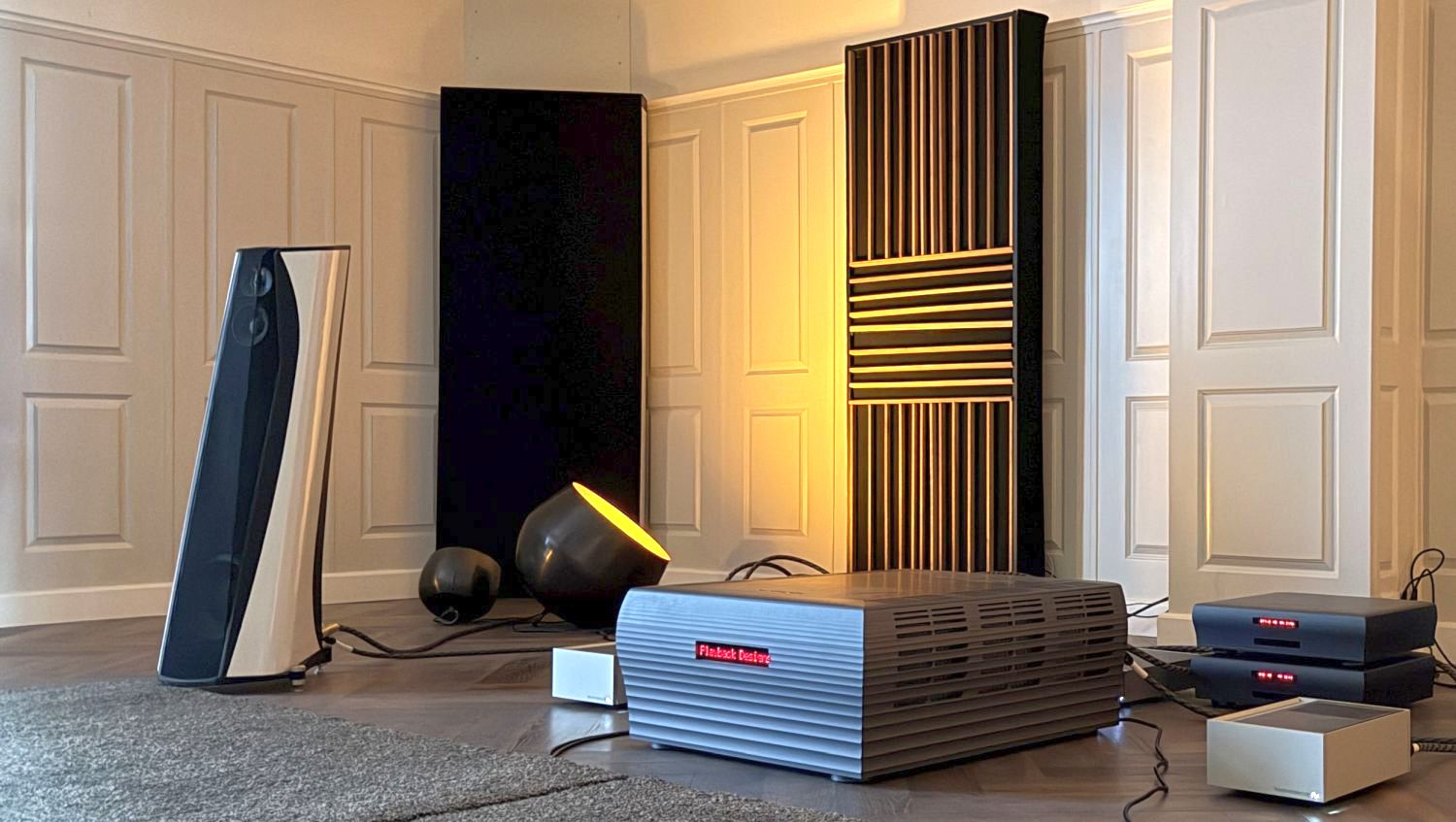
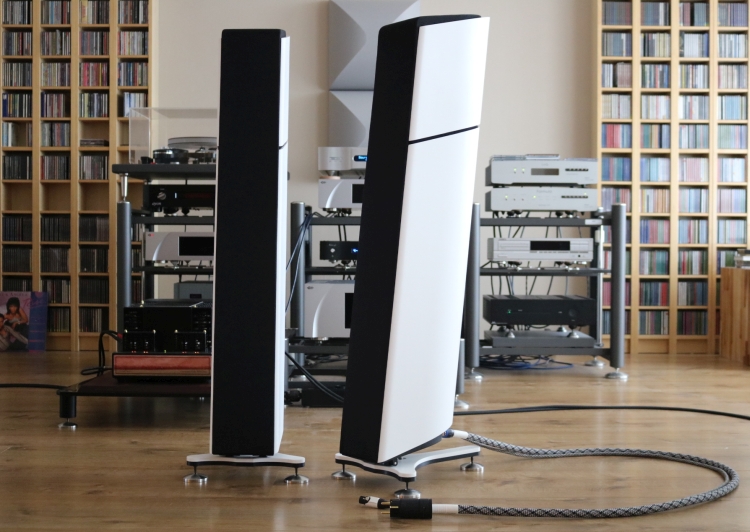
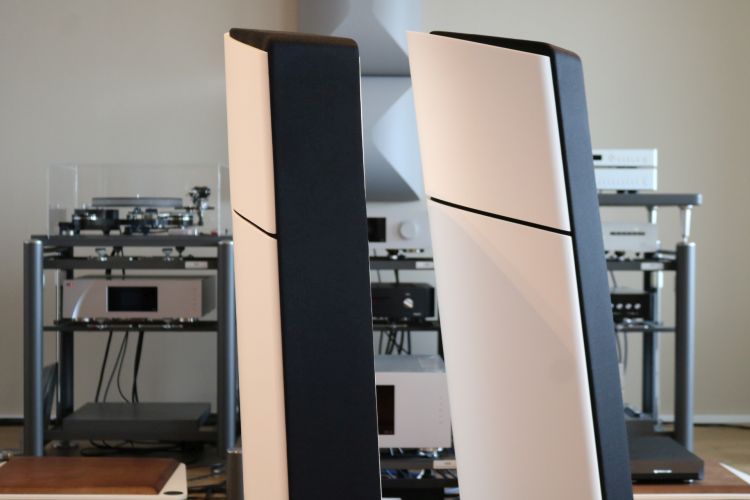
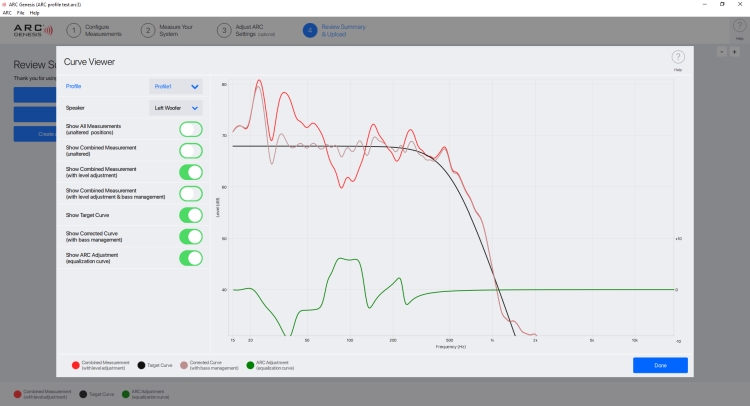
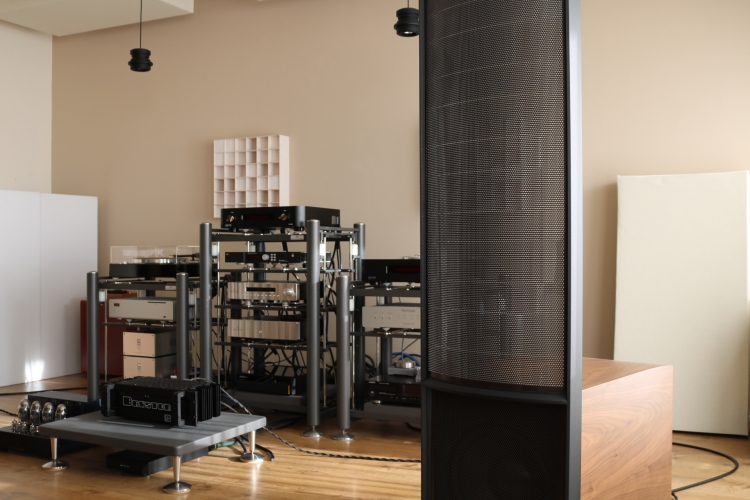
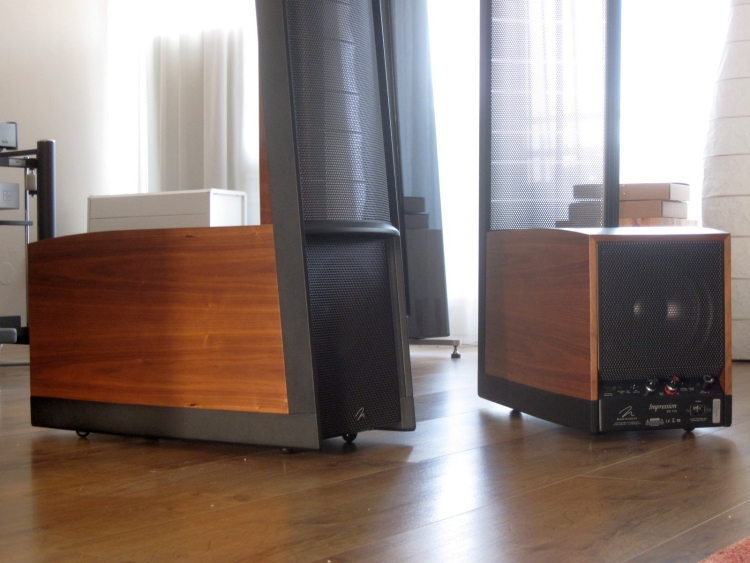
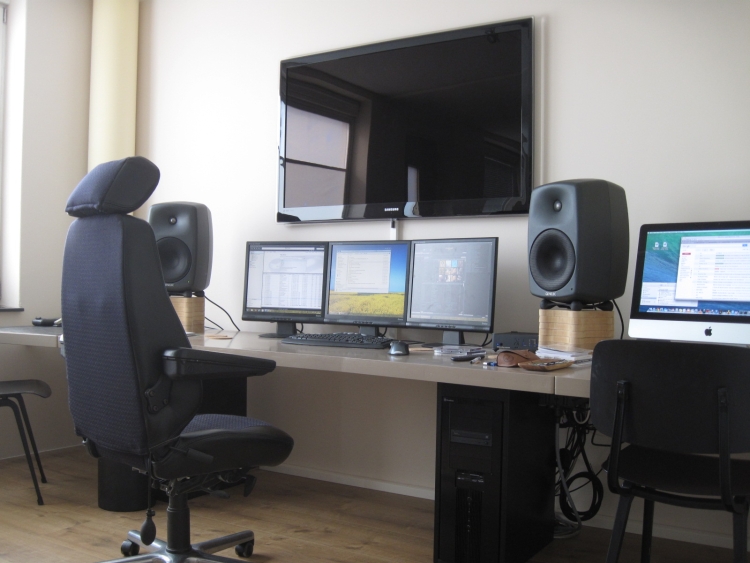
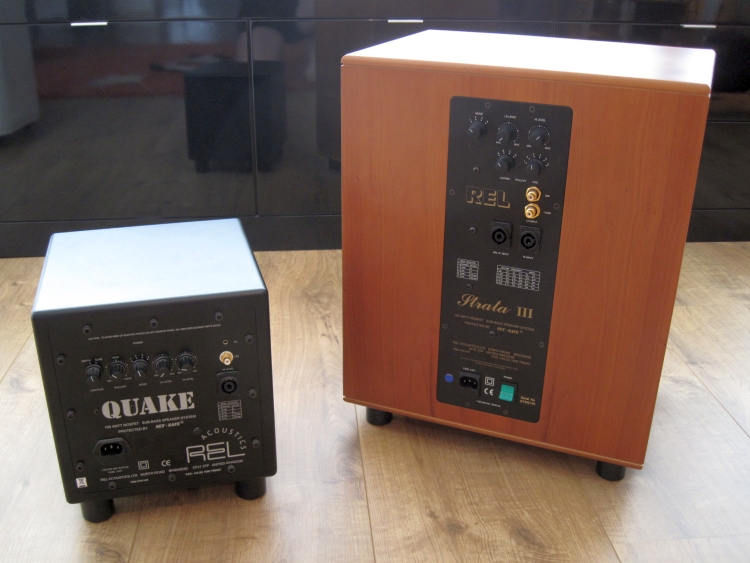
Thanks for the great review and the personal effort. I have been a fan of MJ Acoustics for a long time and they deserve this shot in the arm.
Hi Christiaan,
Happy 2023!
I’m writing to let you know that in response to your review I upgraded a pair of REL subwoofers (+ Dirac dsp calibration) to a pair of MJA Reference 200s.
I am overjoyed by the result! My system sounds a lot better than ever…
This is one of many times I have followed your advice to great effect. Thank you for what you do here! It has continued to make a difference to the quality of my experience of life… 🙂
Best wishes,
Jason
Hi Jason, all the best for 2023! That’s great to hear, thank you for the kind feedback:-)